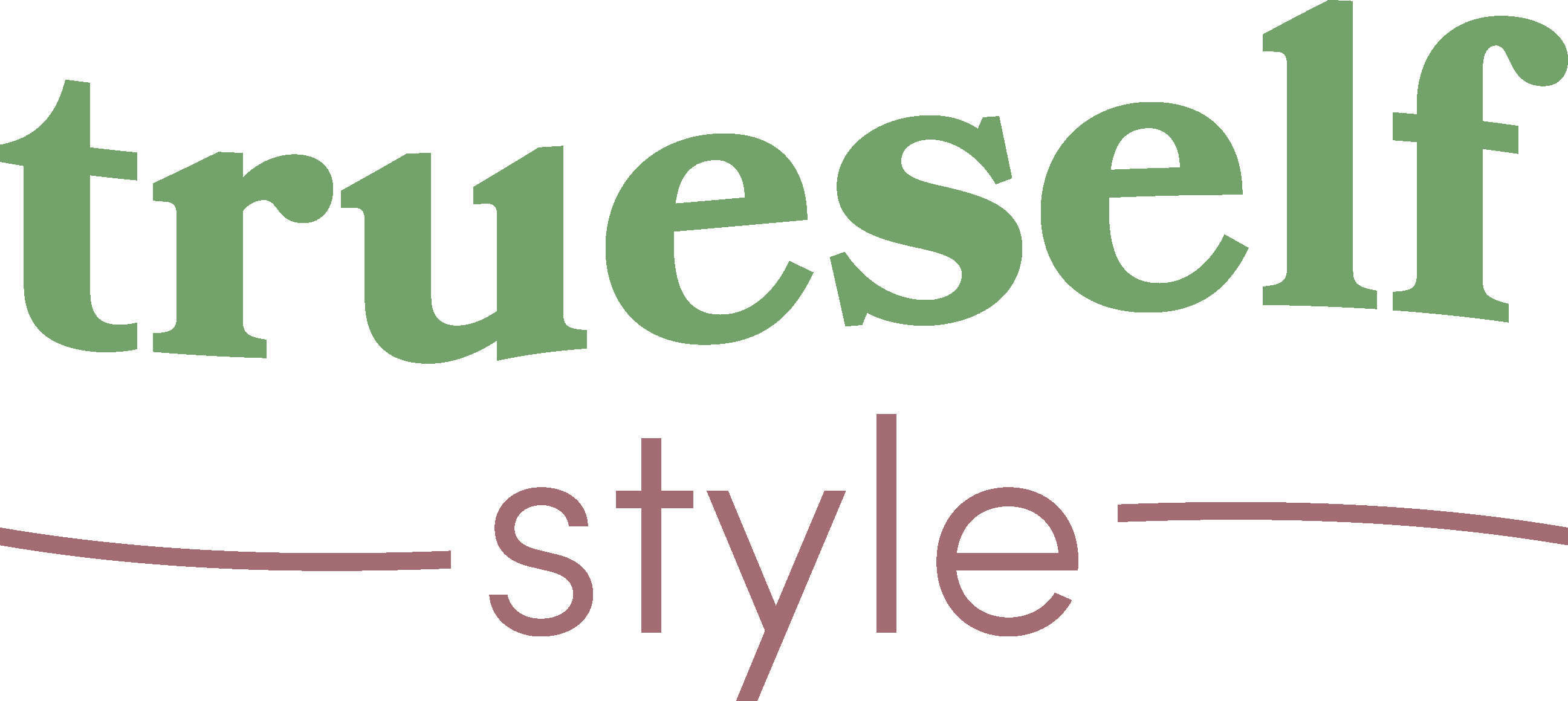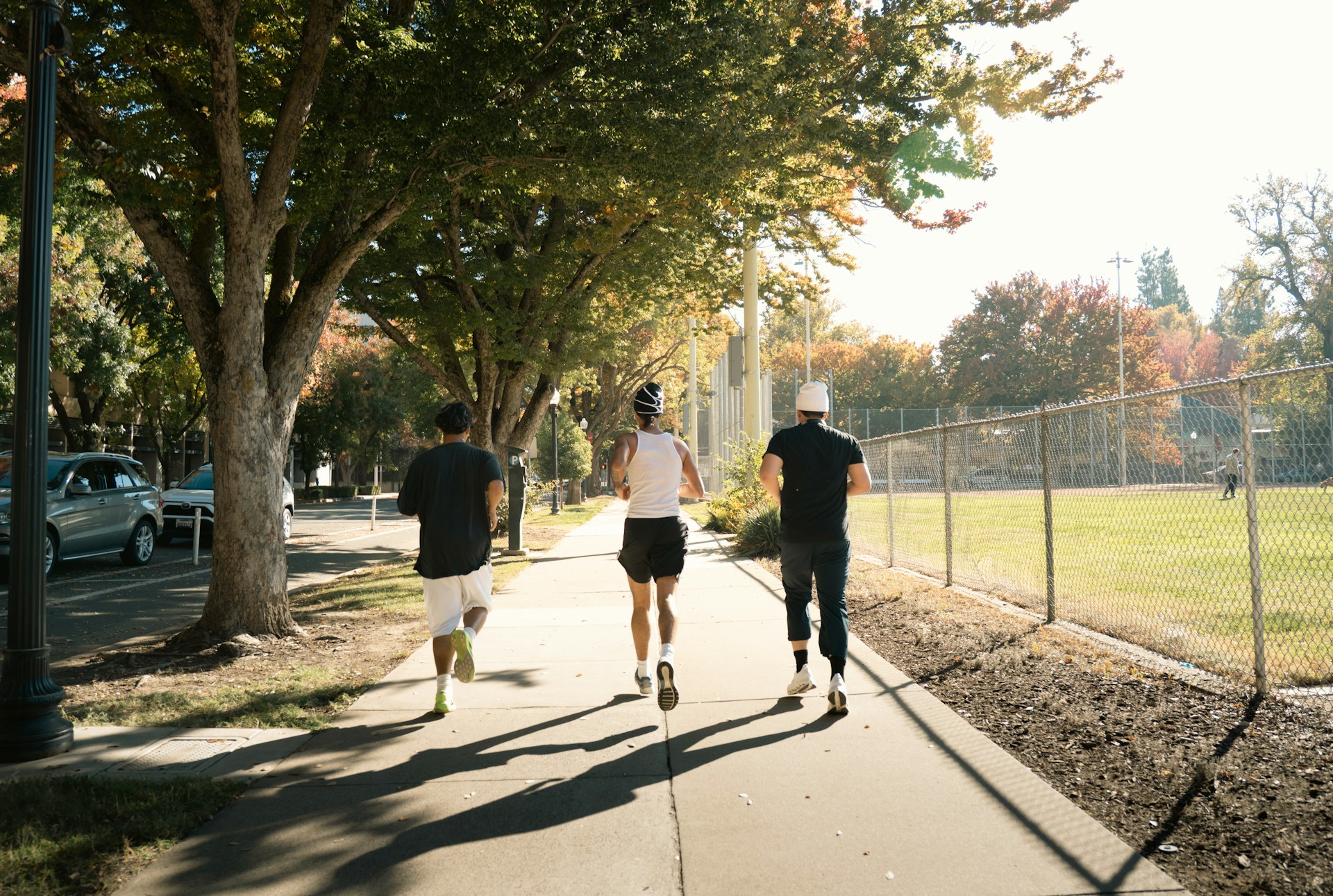I’ve been an avid reader since I finally understood the words on a page. I remember yearning to read and catch up to my other friends who were able to read before me. And once I could, I didn’t stop.
I’m a reader to the point where I’ve read too many books. I sometimes forget the plots of some of my favorites…and years later I’ll try to re-read them, completely forgetting that I’d read it in the first place.
This borderline addiction has grown considerably costly. My mother often begged to utilize our public library and stop funneling money into Barnes & Noble…and she’s not wrong.
Books are expensive. And when you churn through page after page with reckless abandon like I do, it’s essentially equivalent to a monthly car payment. This is all a long-winded way of boasting that I’m a proud, card-carrying member of the public library…and you should be, too.
But don’t let little old me convince you. One of the most influential fashion designers in the world, Marc Jacobs, is a huge champion of public libraries. No, it’s not just because he held a 3-minute fashion show at the New York Public Library.
Marc Jacobs Is A Public Library Stan
Yes, you read that right. One of my favorite Instagram segments has been on Marc Jacobs’ personal account, where he regularly posts photos of himself reading a library book.
Jacobs refers to the segment as “the reading hour” and the message is short, sweet, and to the point: get into your library and into a book. The captions often feature only the book title and a few hashtags to encourage his followers to read more and support local libraries.
Coming from one of TIME’s most influential people on the planet, this is a huge win for libraries the world over. Public libraries are funded by state tax dollars, and the amount of money they get each year fluctuates depending on what state budgets. Often, public libraries are not a high priority.
In fact, most of the funding for these book havens doesn’t cover the cost of running a library. Action Every Library reports that local and state funding only cover one third of the expenses a library needs to run. All else relies on private donations, fees, fines, or grants.
So yes, librarians’ salaries, the computers, the books, everything costs more than what the state allots. And there isn’t a real sense of urgency to change that. Libraries will continue to close as more and more people value technology and illegal downloads of books.
The library is free, which is the best price to pay for a good read…you can tear through 100 books in a month and not have to worry about what to do with your growing collection…or your diminishing bank account. So why aren’t people visiting their local library?
Marc Jacobs’ unwavering support of the public libraries is a ginormous win. It draws attention to an extremely worthy cause to his platform which has 1.8 million followers. Among those followers are mega-wealthy donors who also want to support the library system.
But what we really want to know is…
Just What Is Marc Jacobs Reading?
The good news is that Marc Jacobs always reveals what he’s reading. He never gatekeeps his latest novel choice. As new members of the Marc Jacobs Book Club, let’s jump right in.
“Daring and fiercely original, The Women is at once a memoir, a psychological study, a sociopolitical manifesto, and an incisive adventure in literary criticism.”
“Notes From Underground” by Fyodor Dostoevsky
“One of the most remarkable characters in literature, the unnamed narrator of Dostoevsky’s most revolutionary novel is a former official who has defiantly withdrawn into an underground existence.”
“The Line of Beauty” by Alan Hollinghurst
“From Alan Hollinghurst, the acclaimed author of The Sparsholt Affair, The Line of Beauty is a sweeping novel about class, sex, and money during four extraordinary years of change and tragedy.”
“In Cold Blood” by Truman Capote
“The most famous true crime novel of all time “chills the blood and exercises the intelligence.”
“If Beale Street Could Talk” by James Baldwin
From one of the most important writers of the twentieth century comes a stunning love story about a young Black woman whose life is torn apart when her lover is wrongly accused of a crime—”a moving, painful story, so vividly human and so obviously based on reality that it strikes us as timeless.” (The New York Times Book Review).
“The Fire Next Time” by James Baldwin
The book that galvanized the nation, gave voice to the emerging civil rights movement in the 1960s—and still lights the way to understanding race in America today. “The finest essay I’ve ever read.” —Ta-Nehisi Coates
“Another Country” by James Baldwin
Set in Greenwich Village, Harlem, and France, among other locales, Another Country is a novel of passions—sexual, racial, political, artistic—that is stunning for its emotional intensity and haunting sensuality, depicting men and women, blacks and whites, stripped of their masks of gender and race by love and hatred at the most elemental and sublime. In a small set of friends, Baldwin imbues the best and worst intentions of liberal America in the early 1970s.
“I Am Elijah Thrush” by James Purdy
On its surface, I Am Elijah Thrush is the story of Millicent De Frayne and her sensational half-century campaign to win the love of Elijah Thrush. Elijah, after ruining the lives of countless men and women, is finally in love “incorrectly, if not indecently,” with his great-grandson, Bird of Heaven.










